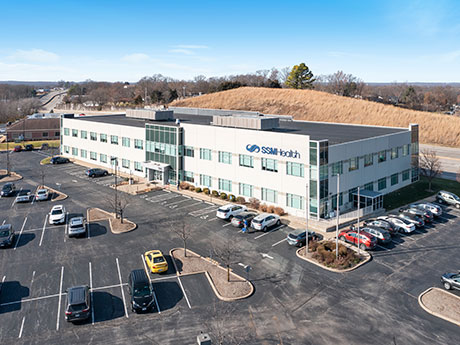By Brian Morrissey, Ragsdale Beals Seigler Patterson & Gray LLP
How municipalities and counties tax medical real estate can vary by modes of ownership, location and how a property affects the local economy. Much, however, depends on each taxing entity’s goals and its degree of interest in attracting hospitals, creating medical hubs, enlarging commercial areas or encouraging excellent healthcare locally.
A typical approach to achieving some or all of these goals is for local government to control the property. This can be through outright ownership, where the facilities are leased out. Governments can also create an economic zone and issue bonds to finance the area’s development. Each of these methods poses property tax issues.
In a direct ownership scenario, the government owner is exempt from taxation. The operating and management company that leases the property has tax liability for its going concern, however. That going concern has untaxed intangible value, but also will have onsite assets such as medical equipment that can be taxed under standard code approaches at fair market value. They can also be taxed under a modified fair market value, which is a common incentive designed to entice investment by medical businesses.
If the local government chooses a development-bond approach, it will create a development district entity to issue bonds, with proceeds from bond sales paying for construction of the hospital or other facility. A private entity would lease the facilities under the cost of the bonds, with lease payments going toward retiring the bonds. Lease provisions would set out agreed-upon valuations for property tax purposes. These valuations can be flat or adjusted over time. Once the bonds are paid off, the terms of the lease can be extended or modified.
After using one of these favorable property tax techniques to establish a footprint for a healthcare district, development or zone, the governmental body may widen its impact by offering lower taxes within the area. These adjustments would favor medical facilities that support hospitals or medical practices nearby.
For example, a community could use tax breaks to encourage construction of medical office buildings. If the economic district includes other buildings that would be useful to the healthcare industry, it can offer similar tax incentives to encourage development and use of those facilities. Likewise, such incentives can be used for standalone facilities within the economic district.
For governments that do not envision a medical district but want to foster broader access to healthcare providers, tax policy can create special tax methods without uniformity restrictions. This would encourage small medical investments throughout the community. Examples would include freestanding treatment facilities such as “doc in a box” walk-in clinics, urgent care facilities and small medical office buildings.
Strategies for tax exemption
In Georgia, hospitals can be owned in a couple of ways to avoid taxation. First, the government can own the hospital and lease it to a nonprofit manager or operator. So long as the lessee remains a nonprofit, the real property is tax exempt. If the leasehold transfers to a for-profit entity, the tax exemption disappears and the management or operational entity becomes responsible for the property tax.
Second, the local government can create an economic development zone using bonds. Within any leaseholds created by the bond issuer, property tax responsibility can be addressed by contract. This can range from zero liability to points on a sliding scale, and will usually correlate to the gradual elimination of the bonds.
Another scenario involves an exempt property that is then acquired by a for-profit operator. In Michigan and Georgia, such a transfer will void the tax exemption, subjecting the facility to full taxation at fair market value. A question remains about a retransfer of the operations to a nonprofit, which may or may not restore the tax exemption. In Minnesota and Kansas, the ownership is through the government but the facility must be operated as a nonprofit.
In some jurisdictions hospitals can be a taxing authority. In Texas and Iowa, rural hospital districts can levy a component of the property tax millage rate. The hospital district then uses that portion of the millage rate to pay part of its operating expense. This allows rural hospitals to maintain their operations by spreading costs throughout the community, rather than to the users of the system. In recent years states have tended to reduce property taxes overall, which has squeezed revenue for rural health systems in states that allow hospitals to participate in taxation.
Personal property, which is movable property such as medical equipment, can be treated in different ways. If the operation is a nonprofit, the personal taxes are exempt. Liability is more complicated if the owner of the personal property is a for-profit entity operating within an exempt property; in such instances the personal tax rates apply.
On the other hand, a nonprofit may operate within a taxable medical office building, in which case the personal property is still exempt. In fact, a building may have multiple tenants, some of which are nonprofits and some of which are for-profit. In such a scenario, each business would have to be examined to determine whether personal tax exemptions apply.
Brian Morrissey is a partner in the Atlanta law firm of Ragsdale Beals Seigler Patterson & Gray LLP, the Georgia member of American Property Tax Counsel (APTC), the national affiliation of property tax attorneys.



